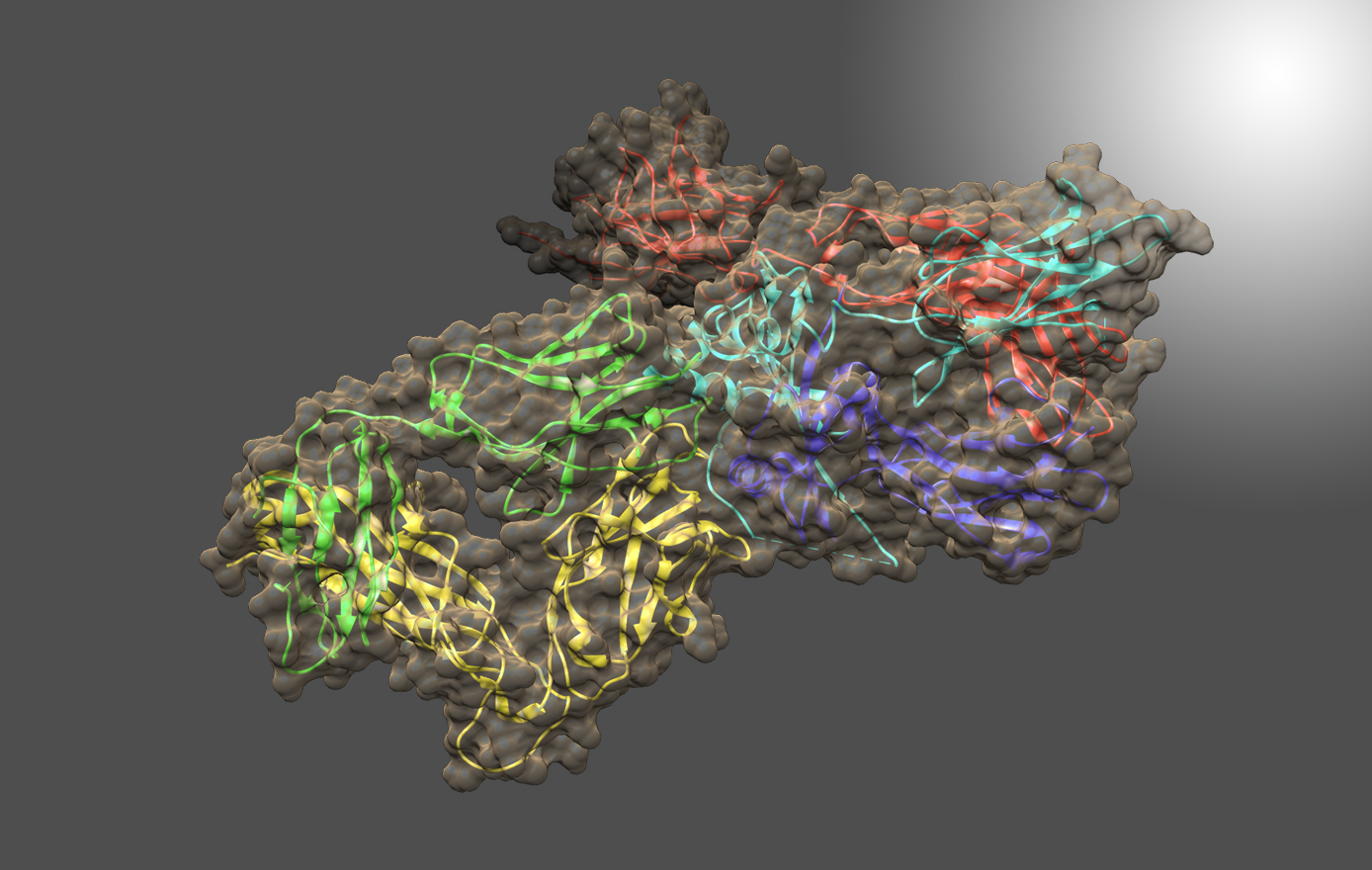NIST BMD/IBBR Seminar: Rheostats and Toggle Switches for modulating Protein Function
Event Info
Event Details
Protein function can be progressively fine-tuned by substituting amino acids at “rheostat” positions. For example, at a rheostat position that modulates binding affinity, substitutions exhibit Kd values that span a wide range. Early studies of rheostat positions revealed outcomes that could not be explained by side chain chemical similarities or by evolutionary frequency. In ongoing efforts to catalog the prevalence of rheostat positions, we have identified them in proteins that evolved under different physical constraints: globular soluble, integral membrane, and intrinsically disordered proteins. However, the density of rheostat positions within a protein can vary widely: >40% of E. coli LacI comprises rheostat positions, whereas they have yet to be identified in Z. mobilis pyruvate kinase despite numerous selection strategies. Among these strategies, analyses of sequence alignments can identify sets of positions enriched for rheostat positions, but no single metric definitively identified rheostat positions. In contrast, a subset of “neutral” positions (all substitutions have wild-type function) were identified from combined sequence analyses. In crystallo and in silico structural studies of rheostat substitutions showed only local perturbations and modest effects on protein stability. Additional functional studies revealed new complexities: (1) The rheostat character of each position falls on a continuum between the all-or-none substitution outcomes of “toggle” positions and the mutational insensitivity of neutral positions. (2) Some rheostat positions have complex effects on ligand specificity. (3) “Multiplex” rheostat positions simultaneously modulate multiple functional parameters, such as Kd and allosteric coupling; these show intriguing overlap with positions involved in allosteric regulation. To understand the complex roles of rheostat positions, biophysical studies are key: Indeed, dynamic coupling calculations for rheostat substitutions showed promising correlations with measured functional changes. Results suggest that emergent properties of coupled amino acid networks could produce the complex outcomes observed for rheostat substitutions.
https://umd.webex.com/umd/j.php?MTID=m0cbce7a7f111ff3494470465187fb7ce
Meeting number: 120 954 8479
Password: cpNEE9rMp54
